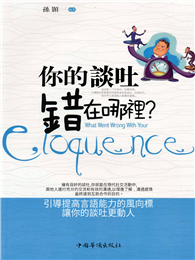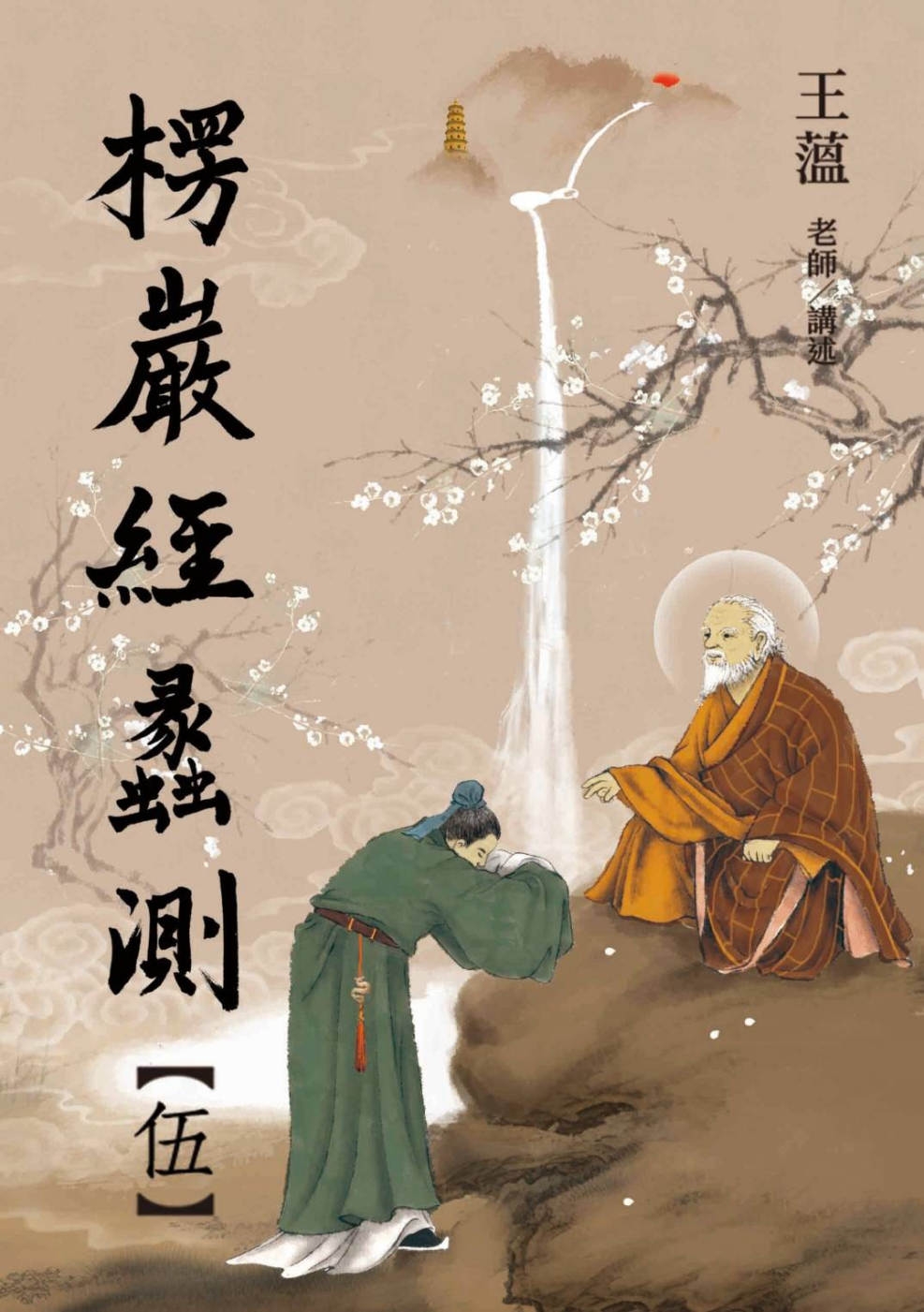The Kete royal dance, originating from the Ashanti people of Ghana, is a cultural treasure deeply rooted in the history and traditions of the Ashanti Kingdom. This dance form, once exclusive to royal courts, has undergone a transformative journey, transcending its palace origins to find a place within academic settings.
The history of the Kete royal dance dates back centuries to the Ashanti Kingdom, where it served as an integral part of royal ceremonies, festivals, and courtly events. Originally performed exclusively for Ashanti kings and queens, the dance symbolized royal prestige, spirituality, and cultural identity. Over time, the dance gained recognition beyond the palace walls, becoming a symbol of Ashanti cultural heritage. Kete dance is a language in itself, with each movement conveying a specific message or emotion. The dance communicates narratives of Ashanti history, spirituality, and societal values. Intricate footwork, hand gestures, and facial expressions are meticulously choreographed to tell stories, celebrate victories, or express reverence. The communicative power of Kete lies in its ability to transcend verbal language, conveying rich cultural narratives through the physical language of dance. In recent decades, Kete dance has transitioned from the exclusive domain of the palace to academic institutions. Dance scholars, educators, and students have recognized its cultural significance, leading to its inclusion in dance curricula. From an Afrocentric perspective, this volume discusses the transmission of the dance to the academy and in the diaspora. It highlights not only the teaching of the physical movements but also how heritage is imparted through specific cultural and generational contexts, historical narratives, and symbolic meanings embedded in Kete.
| FindBook |
|
有 1 項符合
the embodiment and transmission of ghanaian kete royal dance: from palace to academy的圖書 |
 |
$ 6600 | The Embodiment and Transmission of Ghanaian Kete Royal Dance: From Palace to Academy
作者:Cudjoe 出版社:Anthem Press 出版日期:2024-11-12 語言:英文 規格:精裝 / 250頁 / 普通級/ 初版  看圖書介紹 看圖書介紹
|
|
|
圖書介紹 - 資料來源:博客來 評分:
圖書名稱:The Embodiment and Transmission of Ghanaian Kete Royal Dance: From Palace to Academy
內容簡介
|











